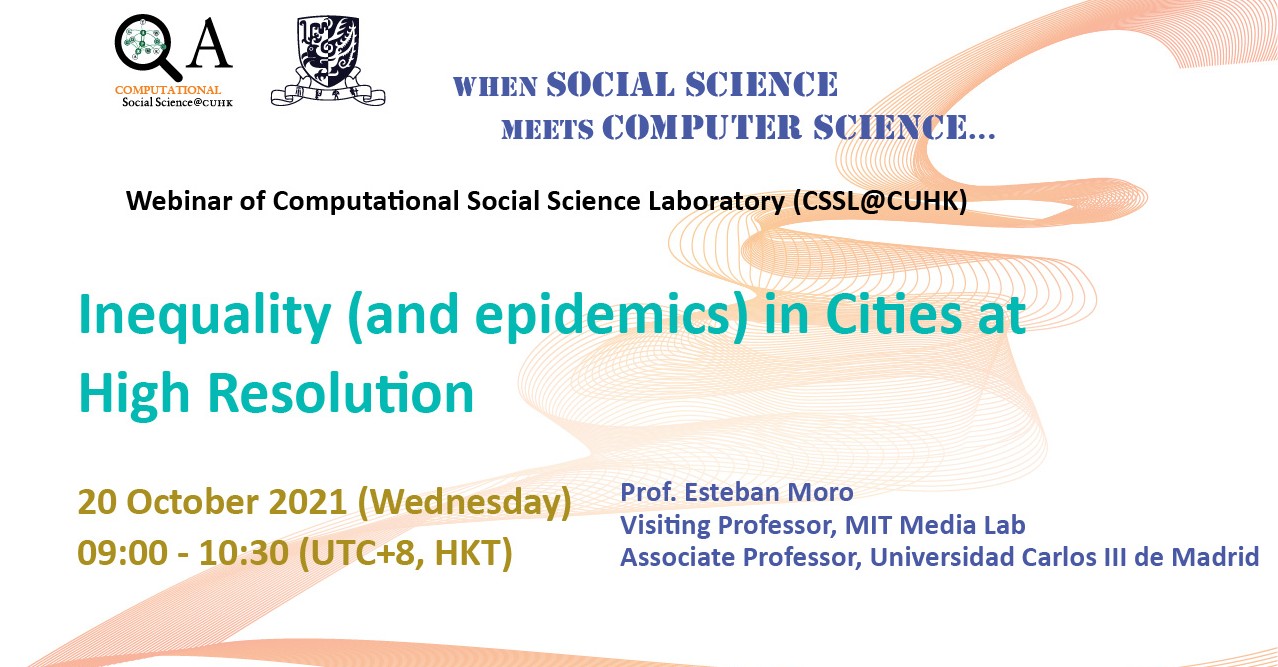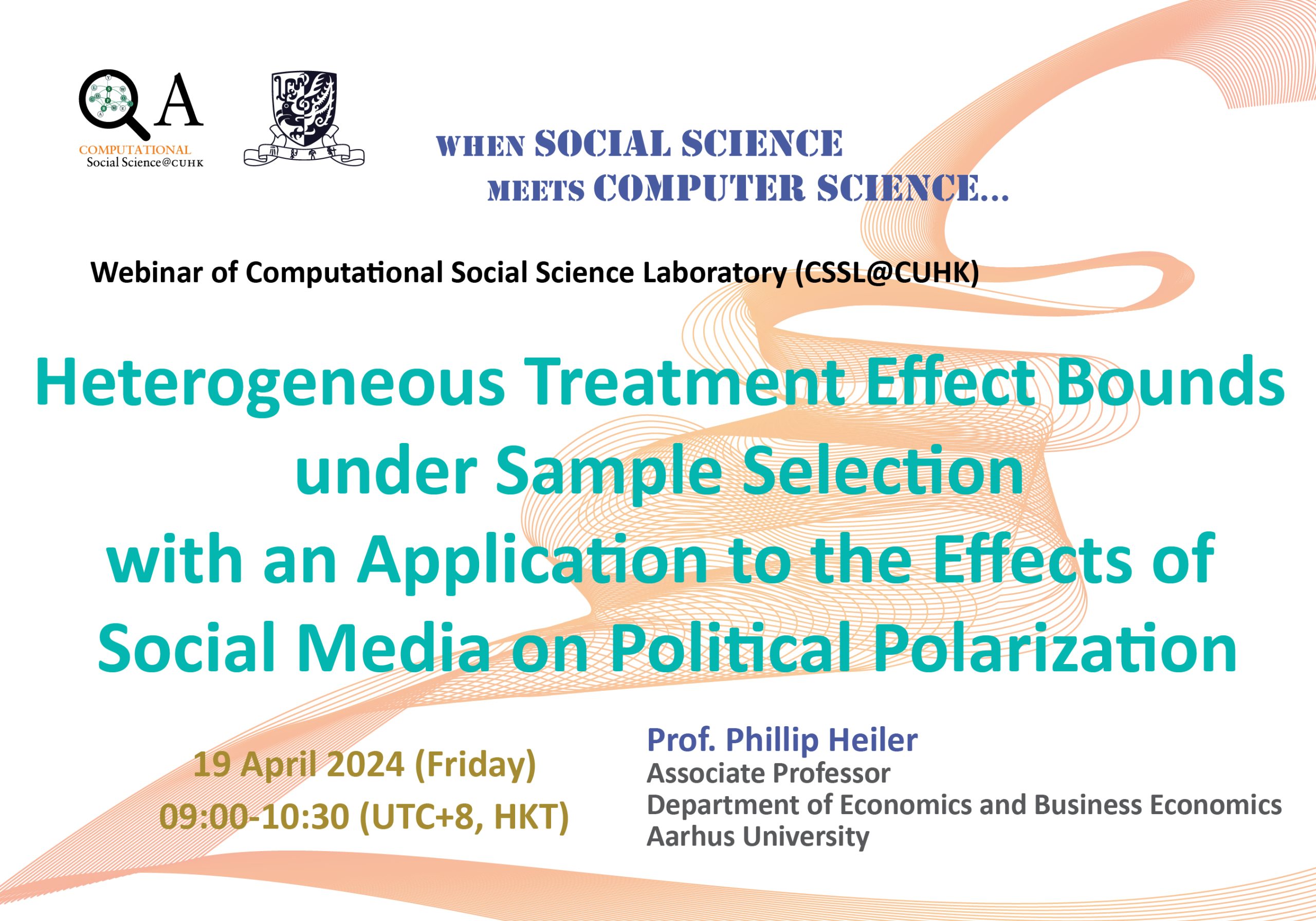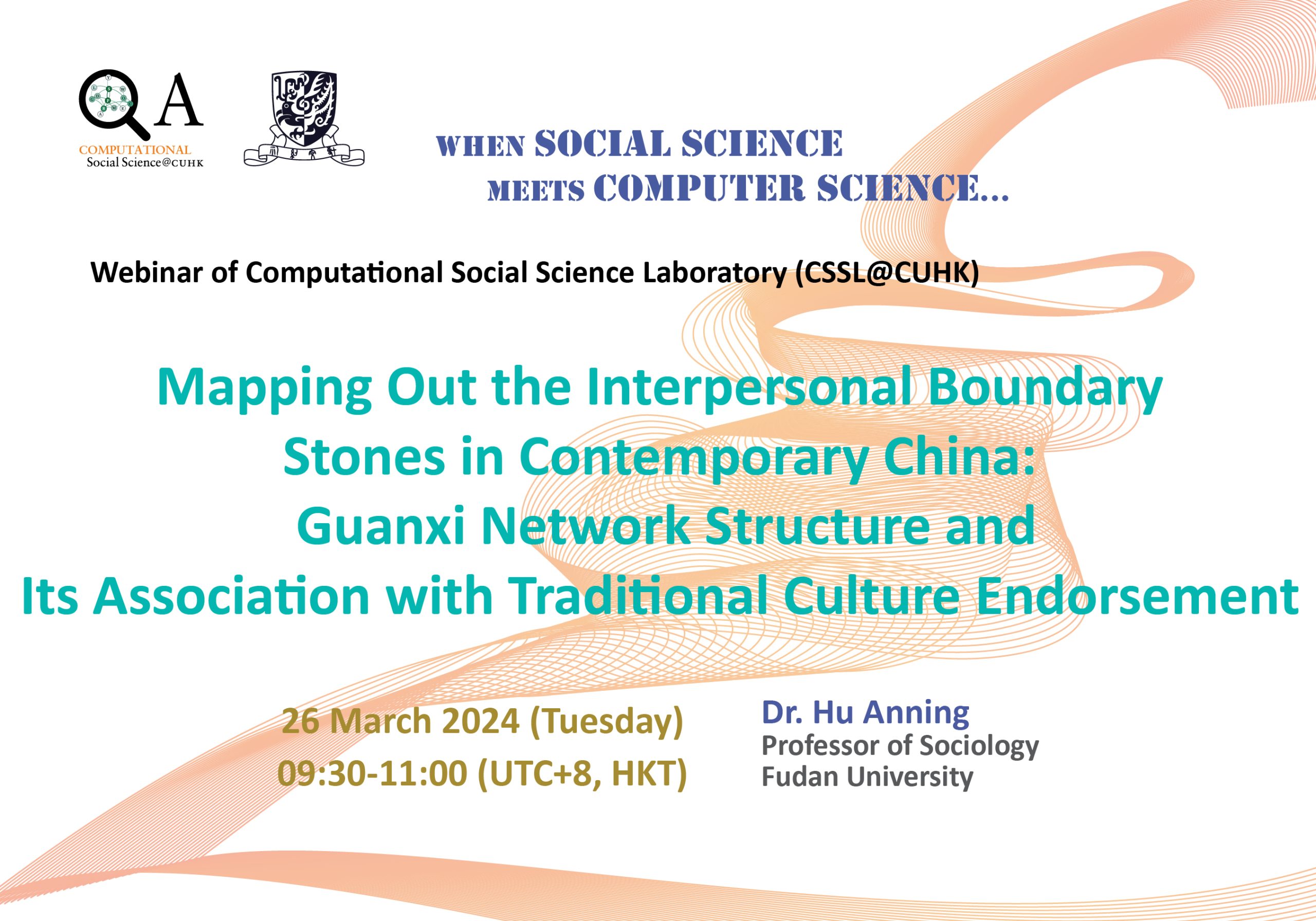

Inequality (and epidemics) in Cities at High Resolution
Abstract:
Inequality and segregation are hurting our societies and specially our cities, where the fact that we live apart from other racial, economical or social groups carries tremendous economical and societal consequences. Not only for the people living in poor neighborhoods, but for the region as a whole. Most studies still describe people’s segregation patterns using census areas. However, encounters between people happen in places, not census areas, so our understanding of segregation still relies on very coarse-grained spatial description of how people interact or encounter in our cities. Using a massive dataset of high spatial resolution movements of 4.5 million people in 11 of the largest metropolitan areas in the U.S., we have studied how encounters of different economic groups happen in our cities to determine the economic segregation at the level of places and individual users. We’ve found that some type of places (some restaurants, education, religious places) are constantly segregated across US, while some other (art exhibits, science museums, hospitals, etc.) are not. Furthermore, we were able to model individual segregation and found that most of the segregation/isolation that individuals experience in their daily lives does not depend on where they live, but on their individual behavioral patterns (type of places visited, social exploration, etc.) We discuss the implications of our results in the context of future development of areas and in the ever-changing evolution of our cities. I will also present recent results about the use of the same modeling and data to understand the COVID-19 epidemic evolution and potential exit strategies in the Boston area.



